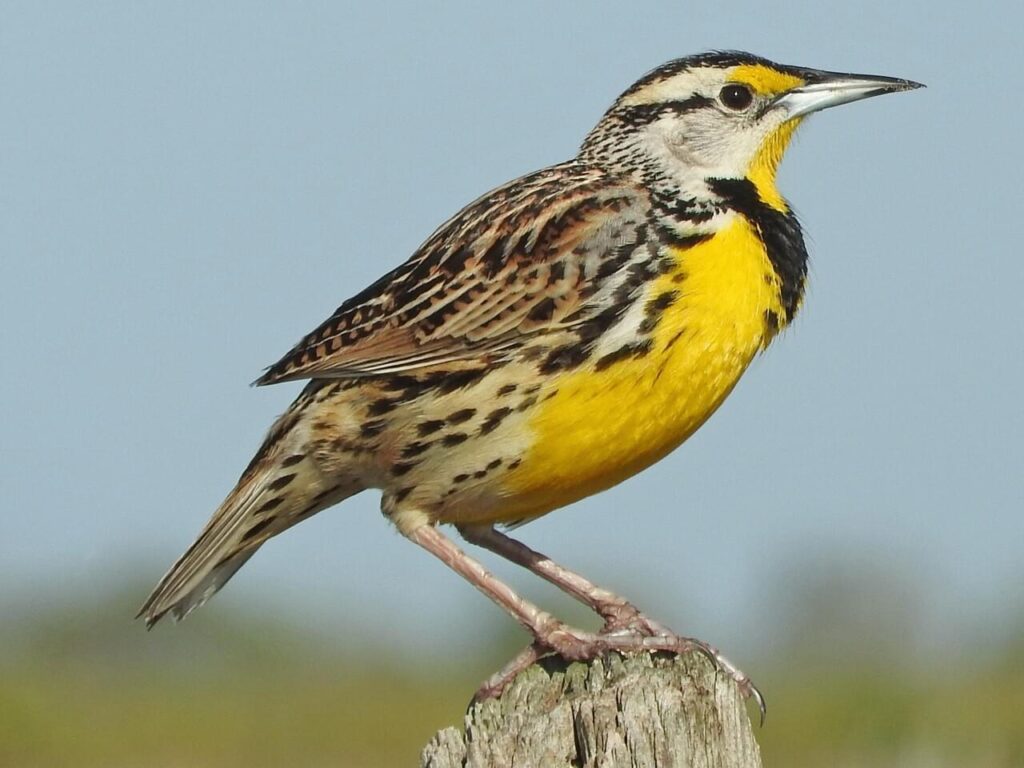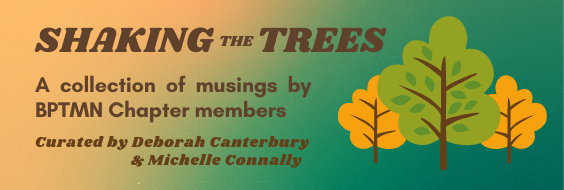What inspired you to become a Master Naturalist?
Initially, I joined Texas Master Naturalists because I wanted to learn how to create good habitat on the land my sister and I inherited from my parents. We arranged to get a Wildlife Special Valuation on the land, and that involves doing projects such as planting native grasses, removing excess cedars, preventing soil erosion, and improving habitat for many species of birds. We followed Texas Parks and Wildlife guidelines for habitat improvement, and “voila”, after a few years we began to see many more species, including wild turkey, several species of raptors, deer, and many species of birds, including colorful painted buntings. I also see meadowlarks, ground-nesting birds that have been in decline due to loss of habitat.

Two years ago, my sister Ginger decided to become a Master Naturalist, and so we are now a very effective team in improving habitat on our land,
An unexpected benefit of being a Master Naturalist is that you meet a lot of “kindred spirits” who love the outdoors and who are actively working toward conservation and educating the public about nature. I have made many new friends.
On what type of projects do you typically spend your service hours, or are they varied?
I have worked on a variety of service projects, including Naturology kid’s camp at Hagerman National Wildlife Refuge, being a butterfly docent at Hagerman’s butterfly garden, and putting together a seminar for landowners on Wildlife Special Valuations and habitat improvement. Most recently, I have been working with Imelda Everett on introducing the HOME Program, which is aimed at helping homeowners and landowners to incorporate native landscaping into their home environments: anything from a container garden that attracts butterflies to improving habitat on larger properties.
When you were taking the Master Naturalist classes, do you have a favorite lesson that has stuck with you?
I really enjoyed learning about Aldo Leopold and the early Texas naturalists who paved the way for the work that Master Naturalists now do. We have a rich heritage.
Can you tell us a bit about yourself, your background, and perhaps what you like to do in your spare time?
I am a native Texan, but I have also lived in Arizona and Washington State, both of which are great places to hike and enjoy the outdoors. Several years ago, I retired from full-time work as a Project Manager. My retirement “gig” is teaching Math part-time at Grayson College. I like helping students push through math-fear and go on to finish college. Both teaching and being a Master Naturalist are good ways to make a difference in your community.
My sister and I spend our spare time taking care of our land and volunteering at Hagerman. We are also a very musical family, and we gather for family piano recitals from time to time.
We have a small camper and have started using it to explore some of the State Parks.
The grandchildren keep many weekends busy with T-ball softball and volleyball.
Being retired is a game changer for sure!
Is there one thing that you’d like to tell others who are thinking of becoming a Master Naturalist or perhaps current members who might need a little bit of inspiration?
“If you build it, they (wildlife) will come.” I have been surprised at how even small changes can bring more natural beauty and wildlife to your environment. It’s a matter of learning to work with nature; you don’t have to do it all by yourself!



